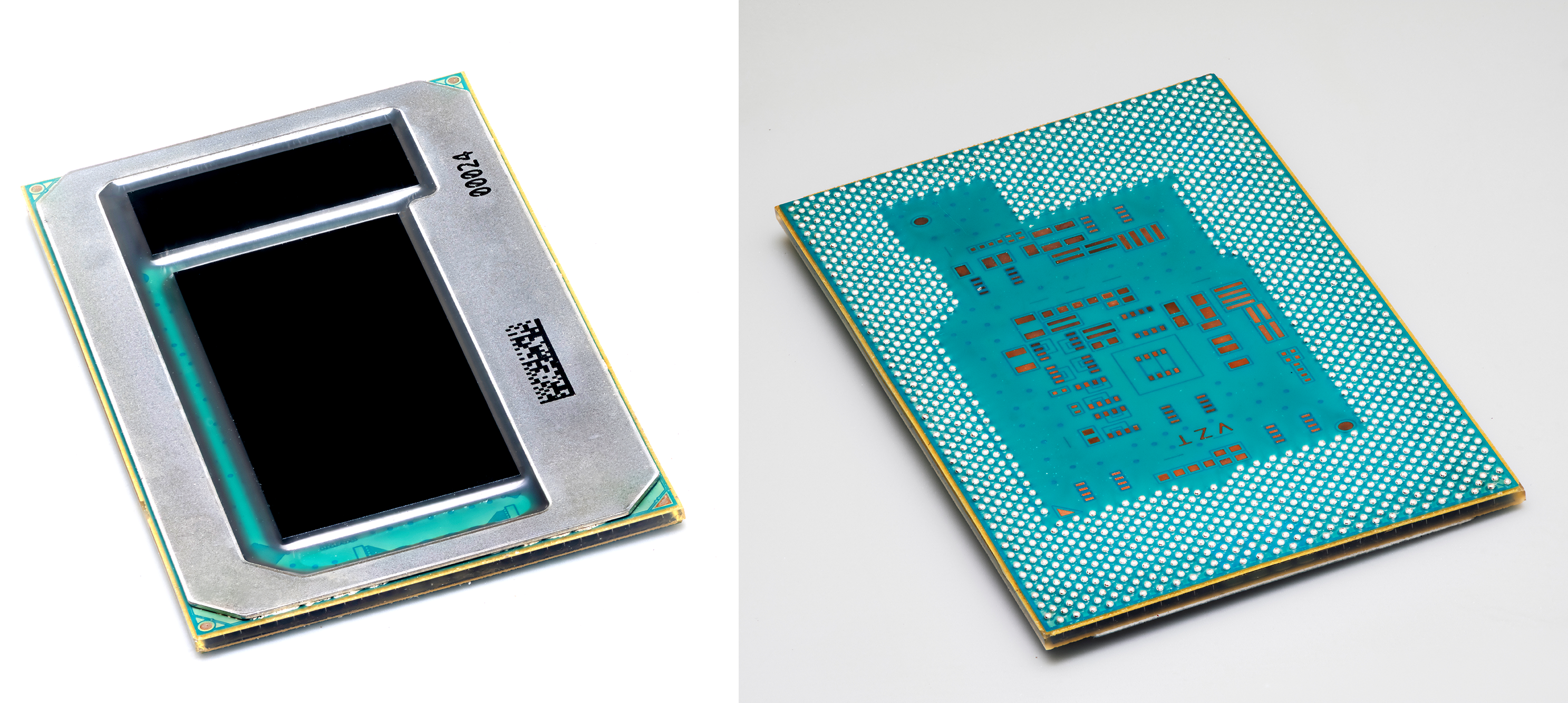Intel's Glass Substrates Advancements Could Revolutionize Multi-Chiplet Packages
Intel reaffirms plans to use glass substrates for multi-chiplet packages, later this decade.
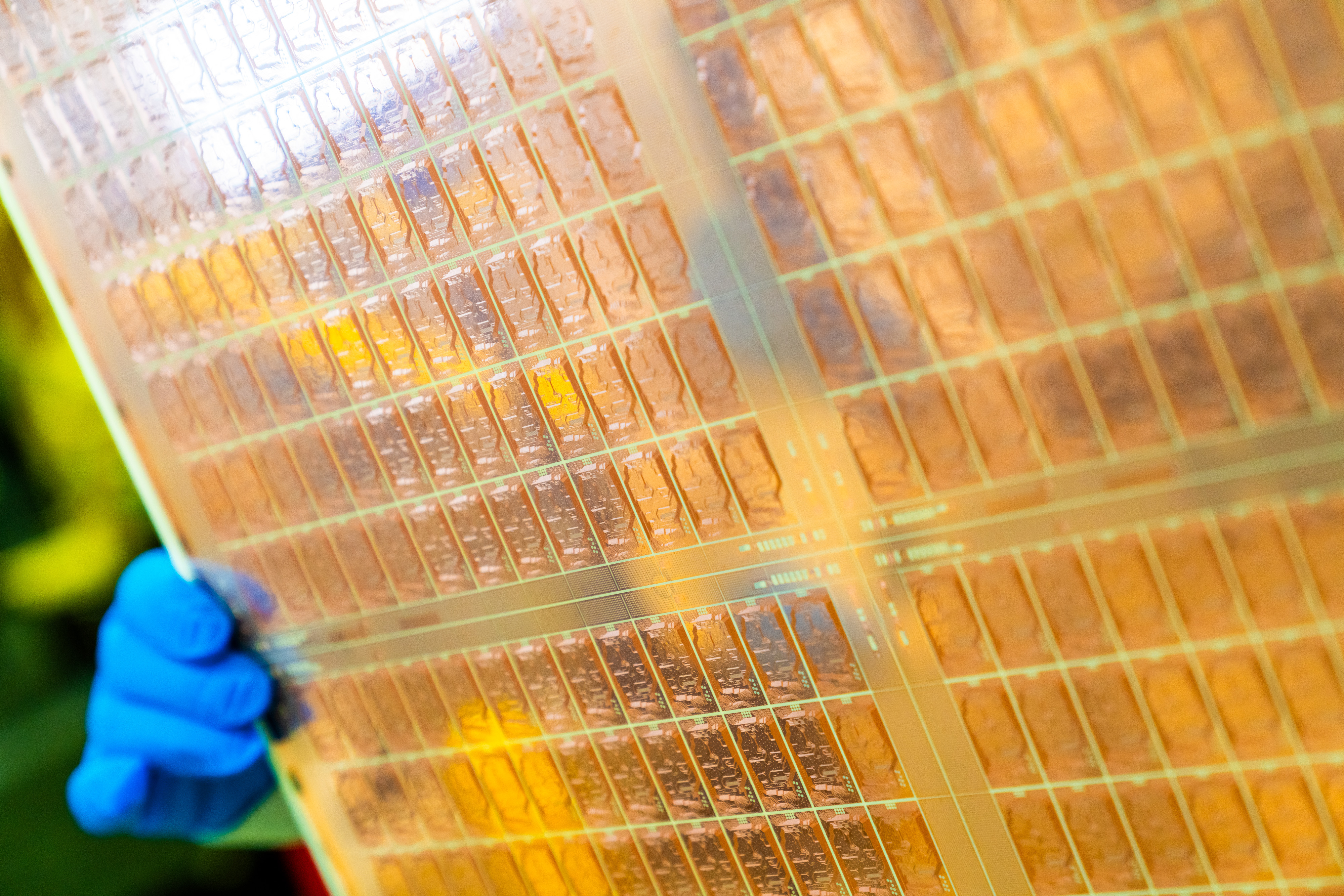
Intel today formally confirmed that it would use glass substrates for advanced packaging in the second half of this decade. Intel expects superior mechanical, physical, and optical properties of glass substrates to enable the company to build higher-performance multi-chiplet system-in-packages (SiPs), aimed primarily at data centers. In particular, Intel expects glass substrates to enable ultra-large 24×24 cm SiPs housing multiple pieces of silicon.
Glass offers a range of benefits over traditional organic substrates. Among its standout features is its ultra-low flatness for improved depth of focus for lithography, as well as superior dimensional stability for interconnects. This will be important for next-generation SiPs with even more chiplets compared to today's devices, like Intel's own Ponte Vecchio. Such substrates also provide superior thermal and mechanical stability, which allows them to endure higher temperatures, making them more resilient in data center applications.
In addition, Intel says that glass substrates allow for a much higher interconnect density (i.e., tighter pitches), making it possible for a tenfold increase in this aspect, which is crucial for power delivery and signal routing of next-generation SiPs. In particular, Intel is talking about <5/5um Line/Space and <100um through-glass via (TGV) pitch, which enables die-to-die bump pitch of <36um on substrate and core bump pitch <80um. Furthermore, glass substrates reduce pattern distortion by 50%, which improves focus depth for lithography and ensures more precise and accurate semiconductor manufacturing.
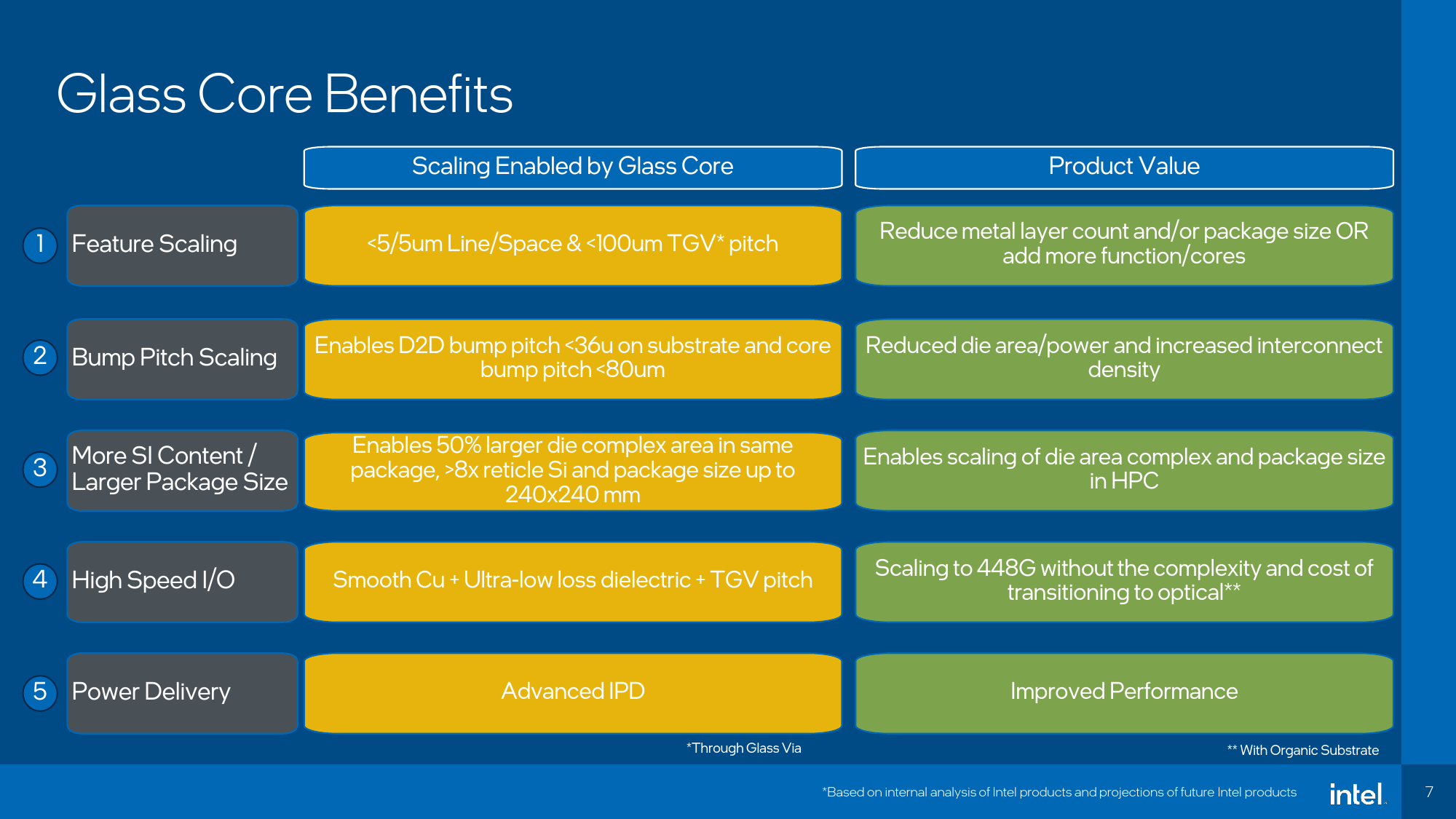
The introduction of glass substrates by Intel is a significant leap from organic substrates that are used currently by the industry. The world's largest supplier of processors believes that organic substrates will reach the limits of their capabilities in the coming years, as the company will produce data center-oriented SiPs with tens of tiles and perhaps thousands of watts of power consumption. Such SiPs would require very dense interconnections between chiplets, while ensuring the whole package does not bend during production or over the time it's in use because of heat.
Since such SiPs do not exist today, glass substrates are not just about overcoming challenges like interconnect densities and temperature tolerance. They enable Intel to build game-changing solutions for data centers, AI, and graphics, the company says. This could set the stage for achieving a staggering 1 trillion transistors on a single package within the next decade.
For now at least, Intel is the only chip maker that is talking about glass substrates, and there could be a reason for that. The company says that it has been working on this technology for about a decade, and now it has a fully integrated glass R&D line in its Chandler, Arizona, campus, where the company develops packaging technologies. Intel says that the line cost it over $1 billion and to make it work, it needed to collaborate with both equipment and materials partners. Just a few companies in the industry can afford such investments, and Intel appears to be the only company that has developed glass substrates so far.
To prove that the technology works, Intel released a fully-functional test chip that uses 75um TGVs with a 20:1 aspect ratio, as well as a 1 mm core thickness. While the test chip is a client device, the technology will be initially be used to build data center-oriented processors. But after the tech gets more mature, it will be used for client computing applications. Intel mentioned graphics processors among possible applications for the technology, and since GPUs can consume whatever number of transistors thrown at them, it is likely that they will benefit from the increased interconnection density and improved rigidity of glass substrates.
Get Tom's Hardware's best news and in-depth reviews, straight to your inbox.

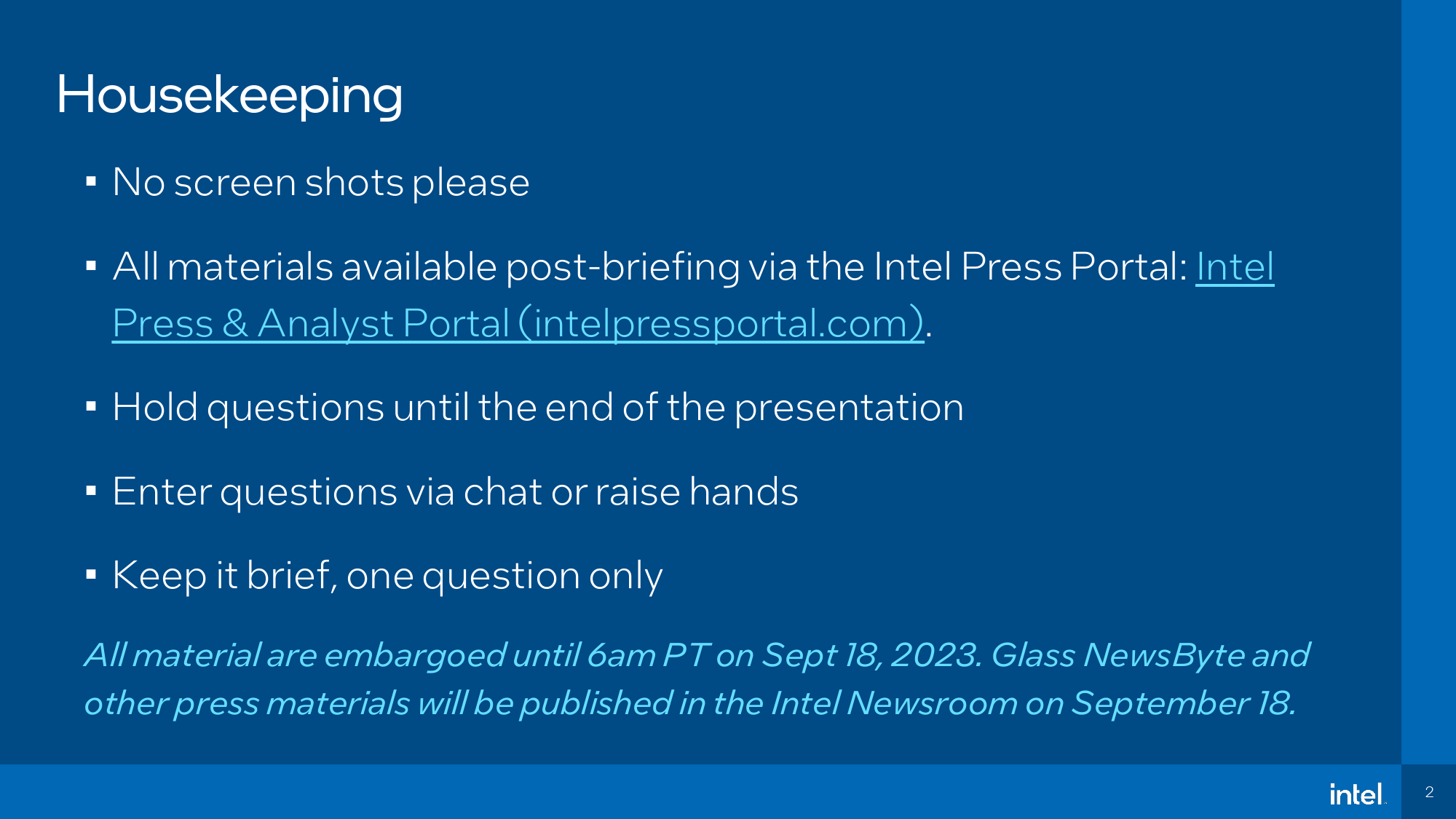
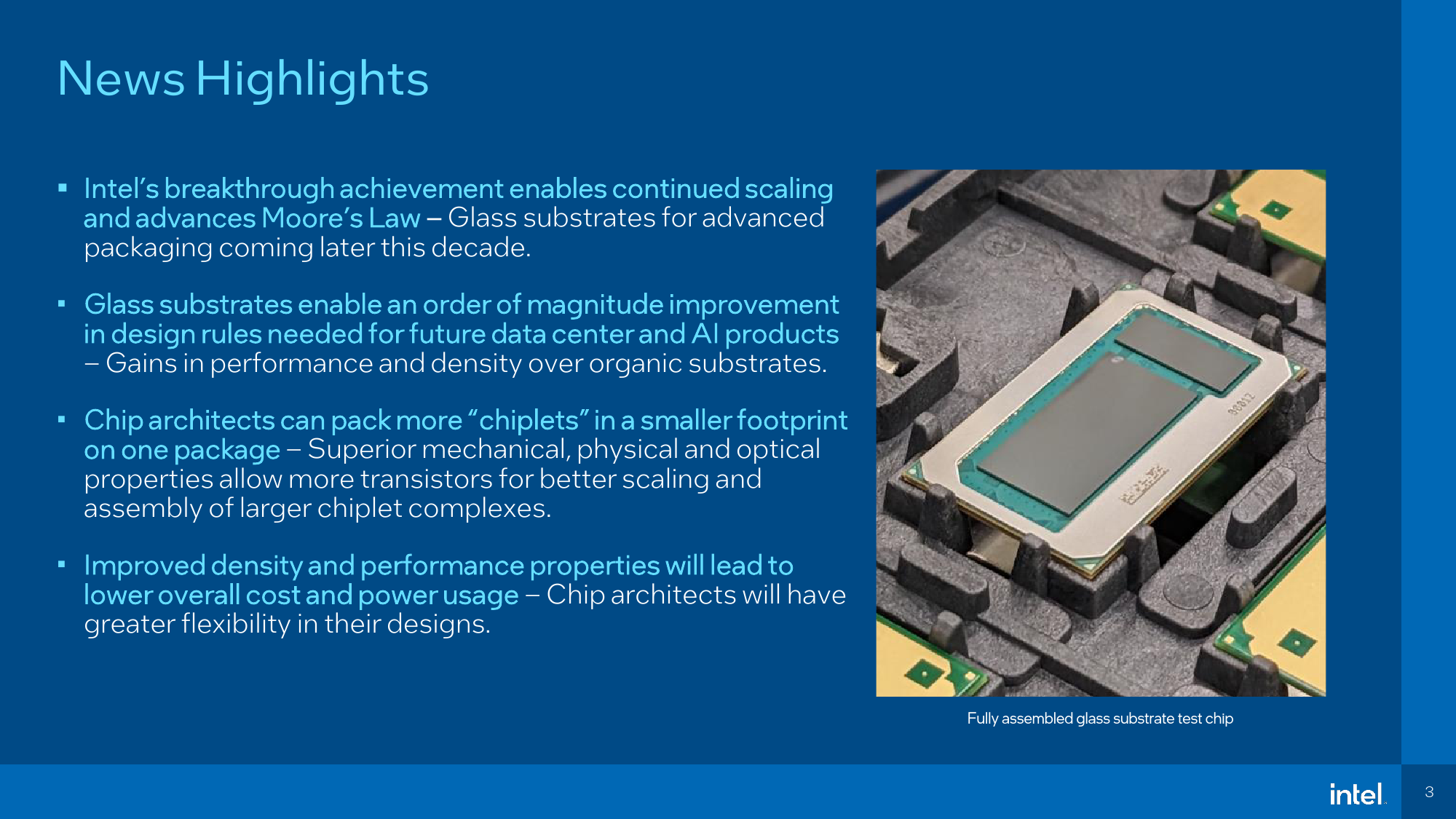
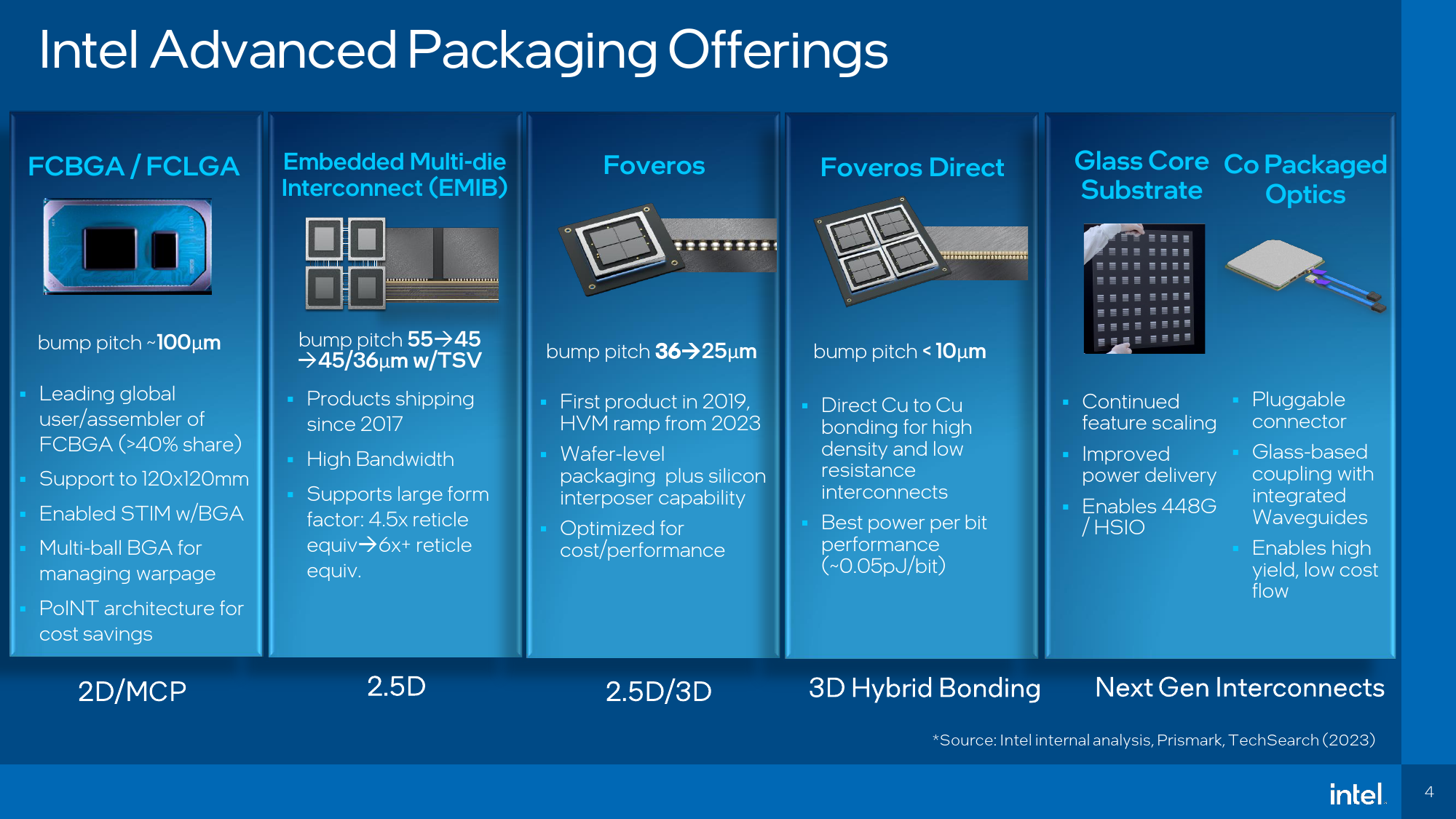
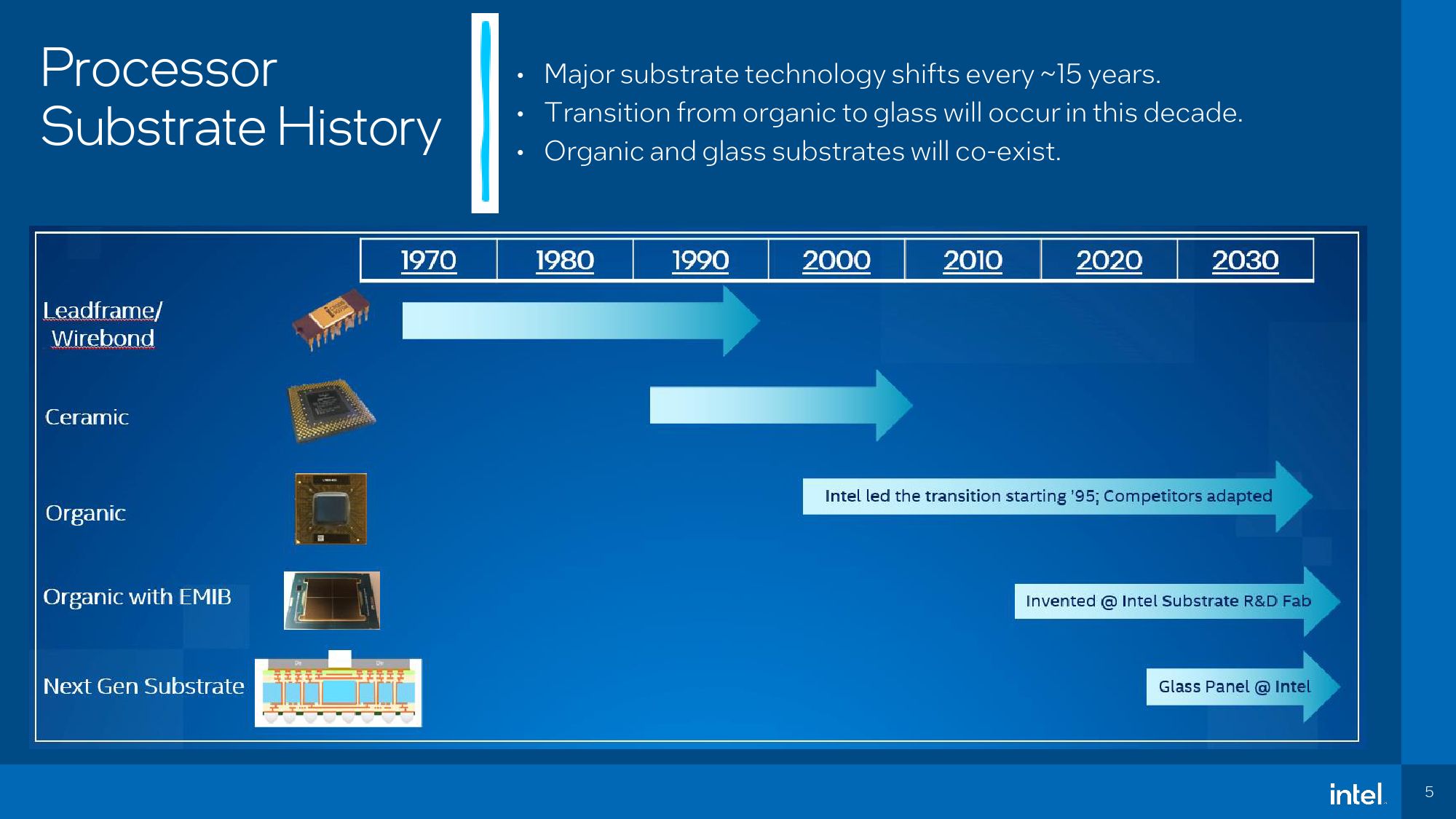
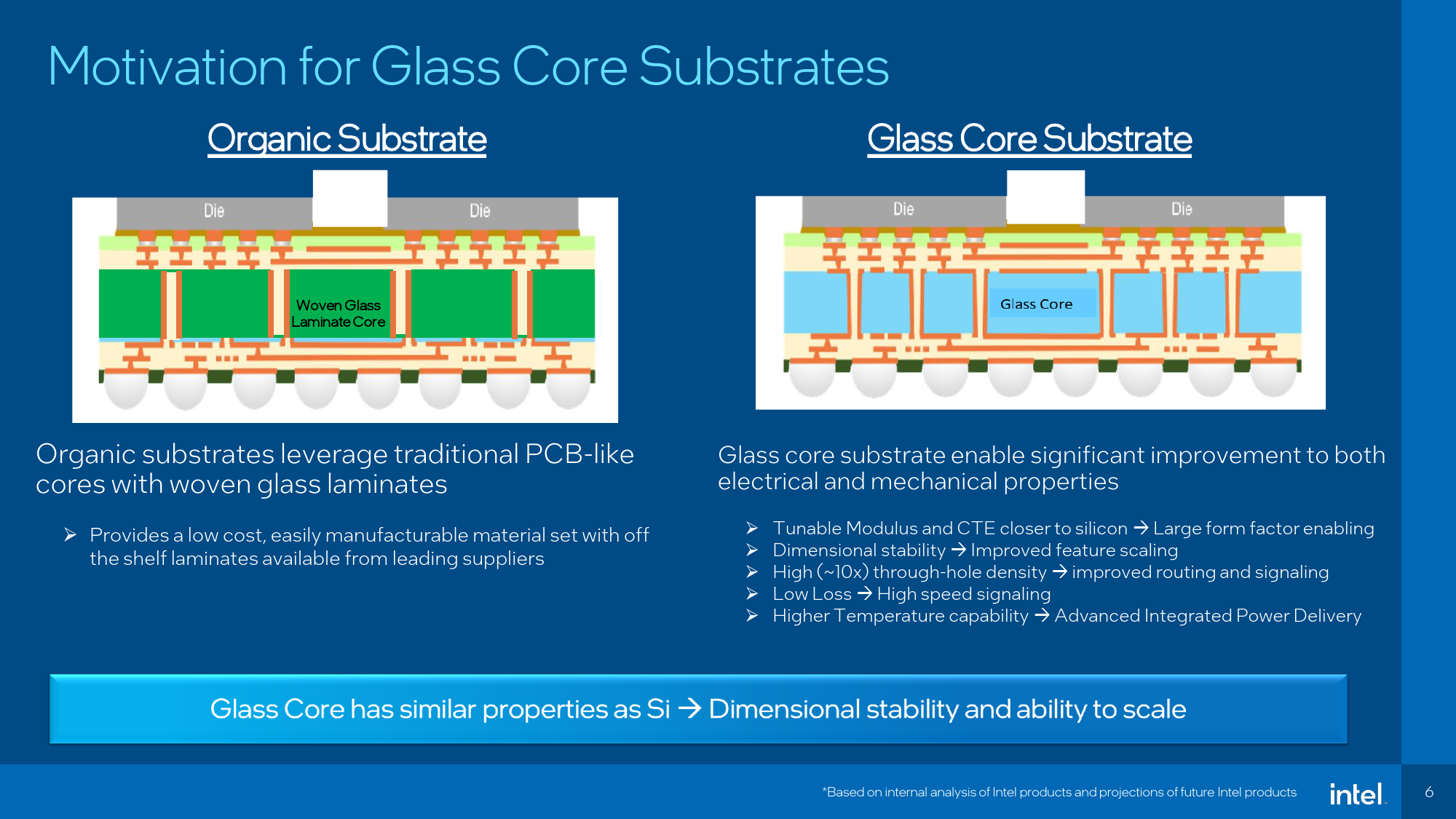

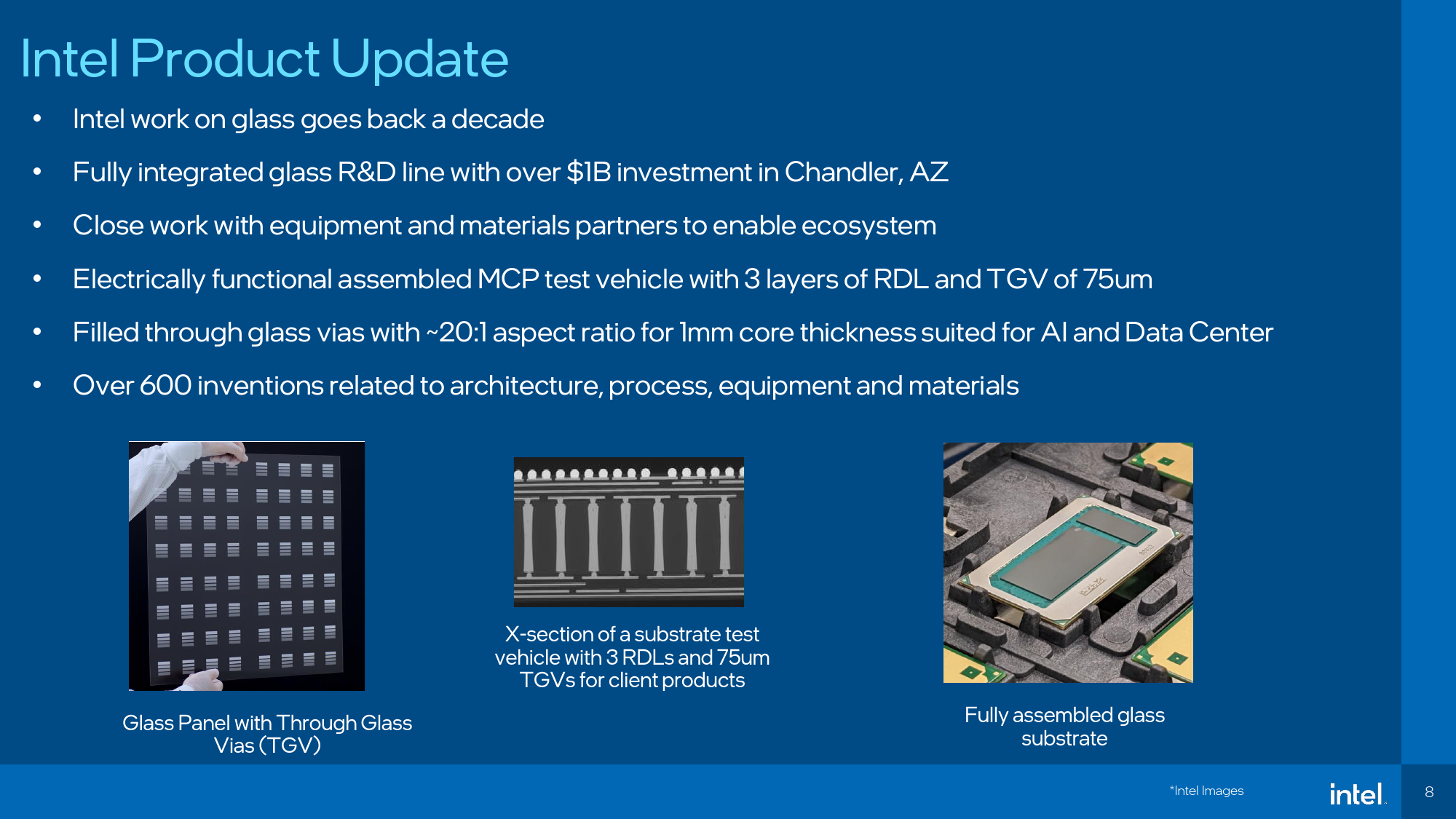
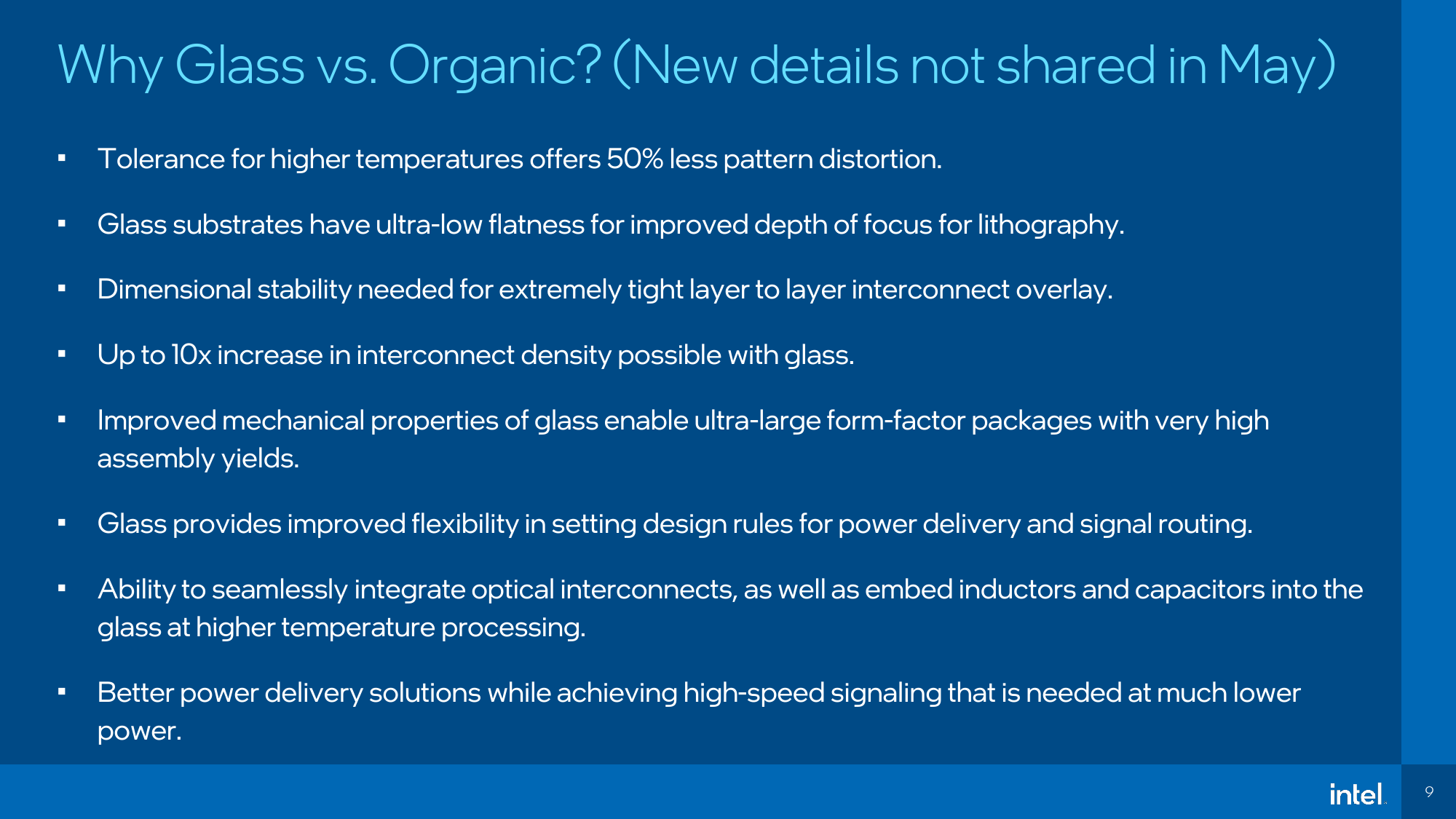

Anton Shilov is a contributing writer at Tom’s Hardware. Over the past couple of decades, he has covered everything from CPUs and GPUs to supercomputers and from modern process technologies and latest fab tools to high-tech industry trends.
-
hotaru251 one way to make your product sell more...increase chance of actual breaking from useReply -
jkflipflop98 Replyhotaru251 said:one way to make your product sell more...increase chance of actual breaking from use
I suppose that would be funny if one was completely ignorant of how semi devices work. -
InvalidError Reply
Chances are most people buying chips with a 240x240mm substrate are dealing with mission-critical infrastructure where chips that break prematurely are a surefire way of losing customers forever, either from them going to alternative suppliers that aren't breaking down as much or sticking with older systems for much longer. Some companies still hire VAX and AS400 gurus to keep their antique payroll and billing systems running.hotaru251 said:one way to make your product sell more...increase chance of actual breaking from use -
Johnpombrio this isn't window glass, heh. It is stronger than the boards used today. If you read the article:Reply
" superior mechanical, physical, and optical properties of glass substrates to enable the company to build higher-performance multi-chiplet system-in-packages (SiPs), aimed primarily at data centers." -
kjfatl Reply
The crazy engineers at AT&T had dreams of replacing copper wires with cables made out of glass and even stretching them under the oceans. Any decent manager would have fired them before the presentation was over, but no, they actually funded the project with billions of dollars of cold hard cash!! (sarc off)hotaru251 said:one way to make your product sell more...increase chance of actual breaking from use -
Geef Reply
Intel should have come up with a better name than glass for it.Johnpombrio said:this isn't window glass, heh. It is stronger than the boards used today.
There was a PopSci article about super strong glass in 2015 that used a combo of glass and aluminum.
Of course there is zero chance that any computer nerd on the planet would ever allow Intel to steal the name I'm thinking of. -
Nikolay Mihaylov Reply
AKAIK, hard drives have been using glass platters for quite a while now. Yet I don't know of anyone complaining that his HDD platters have shattered, despite actually moving during operation.hotaru251 said:one way to make your product sell more...increase chance of actual breaking from use -
edzieba Reply
The the comments of "LOL glass will break!" would be merely replaced with " is just glass, LOL glass will break!".Geef said:Intel should have come up with a better name than glass for it. -
TerryLaze Reply
"Siri, ask chatGPT to come up with a good name for a glass based substrate"Geef said:Intel should have come up with a better name than glass for it.
There was a PopSci article about super strong glass in 2015 that used a combo of glass and aluminum.
Of course there is zero chance that any computer nerd on the planet would ever allow Intel to steal the name I'm thinking of.
-
InvalidError Reply
Aluminum platters are still common in low-cost 3.5" HDDs. Also, glass doesn't typically shatter from mild static and dynamic loading unless it has defects in it. Good glass shatters from shock loads such as getting dropped from high enough onto a hard enough surface.Nikolay Mihaylov said:AKAIK, hard drives have been using glass platters for quite a while now. Yet I don't know of anyone complaining that his HDD platters have shattered, despite actually moving during operation.
